@BarackObama
https://pubmed.ncbi.nlm.nih.gov/21707353/
Why">https://pubmed.ncbi.nlm.nih.gov/21707353/... didn’t you stop this?
 https://abs.twimg.com/emoji/v2/... draggable="false" alt="🕯" title="Kerze" aria-label="Emoji: Kerze">
https://abs.twimg.com/emoji/v2/... draggable="false" alt="🕯" title="Kerze" aria-label="Emoji: Kerze">
https://pubmed.ncbi.nlm.nih.gov/21707353/
Why">https://pubmed.ncbi.nlm.nih.gov/21707353/... didn’t you stop this?
No excuses.
This is a picture of measles?
And this is the reason I started looking a little bit deeper into viruses.
And this is the reason I started looking a little bit deeper into viruses.
My first thoughts were (pic real or not) what must the side effects/reactions/damage be causing/caused as to administering this to a child that has not really had time on this planet to actually built up an immune system to cause an immune reaction to an induced immune reaction?
Then it was obvious...
Ion channels activated by reactive oxygen species (ROS) have been found in the plasma membrane of charophyte Nitella flixilis, dicotyledon Arabidopsis thaliana, Pyrus pyrifolia and Pisum sativum, and the monocotyledon Lilium longiflorum.
Ligand-gated ion channels, also commonly referred to as ionotropic receptors, are a group of transmembrane ion-channel proteins which open to allow ions such as Na⁺, K⁺, Ca²⁺, and/or Cl⁻ to pass through the membrane in response to the binding of a chemical messenger,
such as a neurotransmitter.
Voltage-Gated Ion Channels.  https://abs.twimg.com/emoji/v2/... draggable="false" alt="🧐" title="Gesicht mit Monokel" aria-label="Emoji: Gesicht mit Monokel">
https://abs.twimg.com/emoji/v2/... draggable="false" alt="🧐" title="Gesicht mit Monokel" aria-label="Emoji: Gesicht mit Monokel">
My second thought was oh shit.
Our children are in terrible danger.
Gods honest truth.
https://en.wikipedia.org/wiki/Membrane_transport_protein">https://en.wikipedia.org/wiki/Memb...
A membrane transport protein (or simply transporter) is a membrane protein involved in the movement of ions, small molecules, and macromolecules, such as another protein, across a biological membrane.
Proteins are large biomolecules, or macromolecules, consisting of one or more long chains of amino acid residues.
Proteins perform a vast array of functions within organisms, including catalysing metabolic reactions, DNA replication, responding to stimuli, providing structure to cells, and organisms, and transporting molecules from one location to another.
What is the function of gp120?
It presents itself as viral membrane spikes consisting of 3 molecules of gp120 linked together and anchored to the membrane by gp41 protein.
It presents itself as viral membrane spikes consisting of 3 molecules of gp120 linked together and anchored to the membrane by gp41 protein.
Gp120 is essential for viral infection as it facilitates HIV entry into the host cell and this is its best-known and most researched role in HIV infection.
The human immunodeficiency virus type 1 (HIV-1) gp120 exterior glycoprotein is conformationally flexible. Upon binding the host cell receptor, CD4, gp120 assumes a conformation that is able to bind the chemokine receptors CCR5 or CXCR4, which act as coreceptors for the virus.
Envelope glycoprotein GP120 (or gp120) is a glycoprotein exposed on the surface of the HIV envelope. ...
The primary env product is the protein gp160, which gets cleaved to gp120 (~480 amino acids) and gp41 (~345 amino acids) in the endoplasmatic reticulum by the cellular protease furin.
Envelope glycoprotein GP120 (or gp120) is a glycoprotein exposed on the surface of the HIV envelope. It was discovered by Professors Tun-Hou Lee and Myron "Max" Essex of the Harvard School of Public Health in 1988. The 120 in its name comes from its molecular weight of 120 kDa.
The HIV viral protein gp120 induces apoptosis of neuronal cells by inhibiting levels of furin and tissue plasminogen activator, enzymes responsible for converting pBDNF to mBDNF.
gp120 induces mitochondrial-death proteins like caspases which may influence the upregulation of the death receptor Fas leading to apoptosis of neuronal cells,
gp120 induces oxidative stress in the neuronal cells, and it is also known to activate STAT1 and induce interleukins IL-6 and IL-8 secretion in neuronal cells.
https://www.nbcmiami.com/news/politics/natl-obama-will-strongly-recommend-swine-flu/1844493/
https://www.nbcmiami.com/news/poli... href=" https://science.sciencemag.org/content/366/6465/640.full">https://science.sciencemag.org/content/3...

 Read on Twitter
Read on Twitter


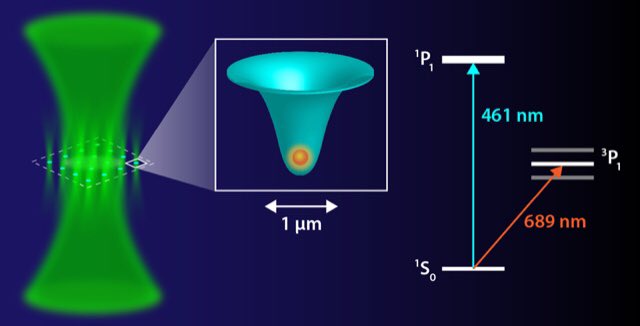
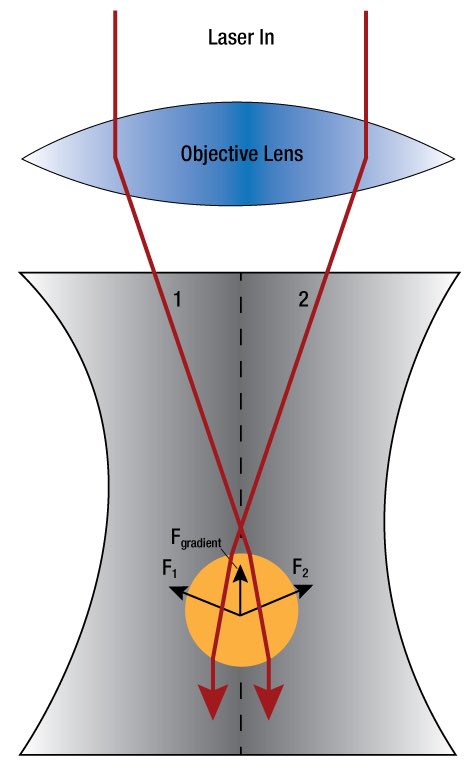
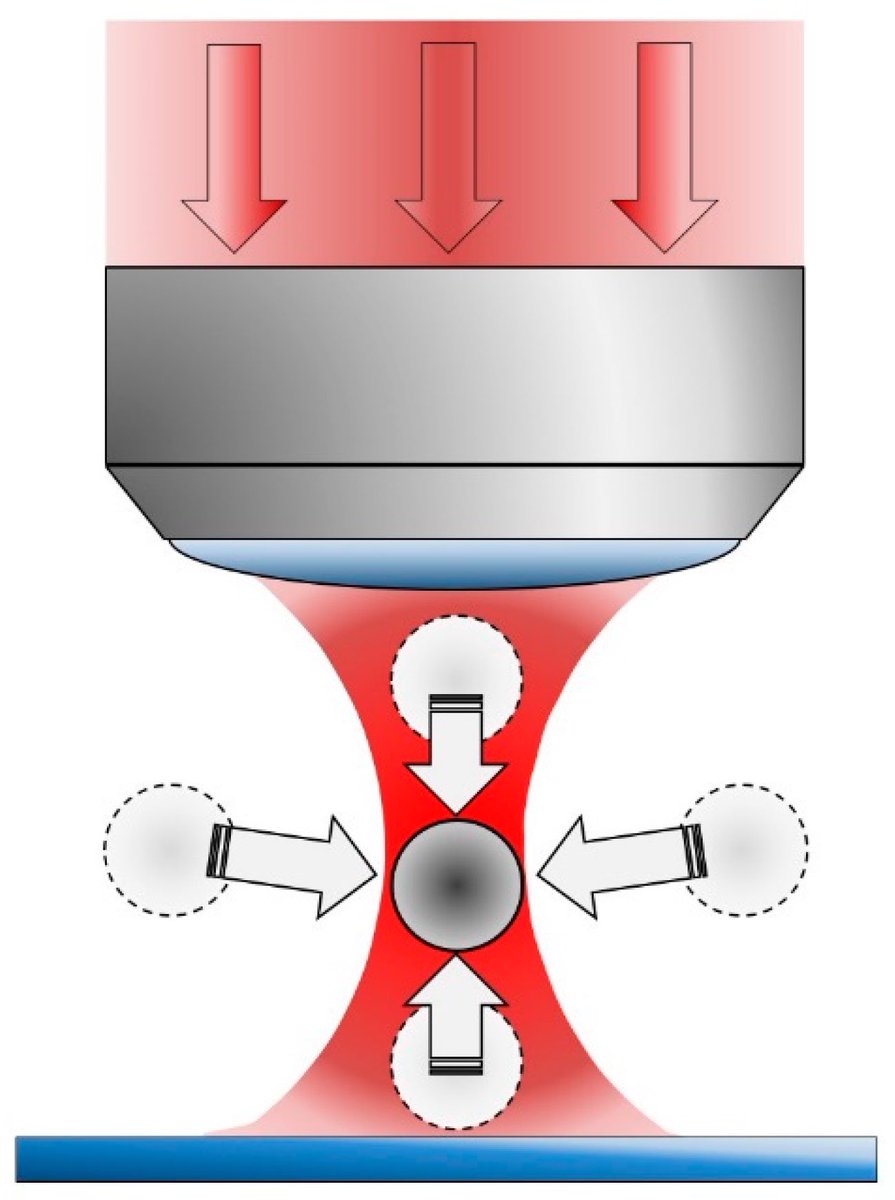
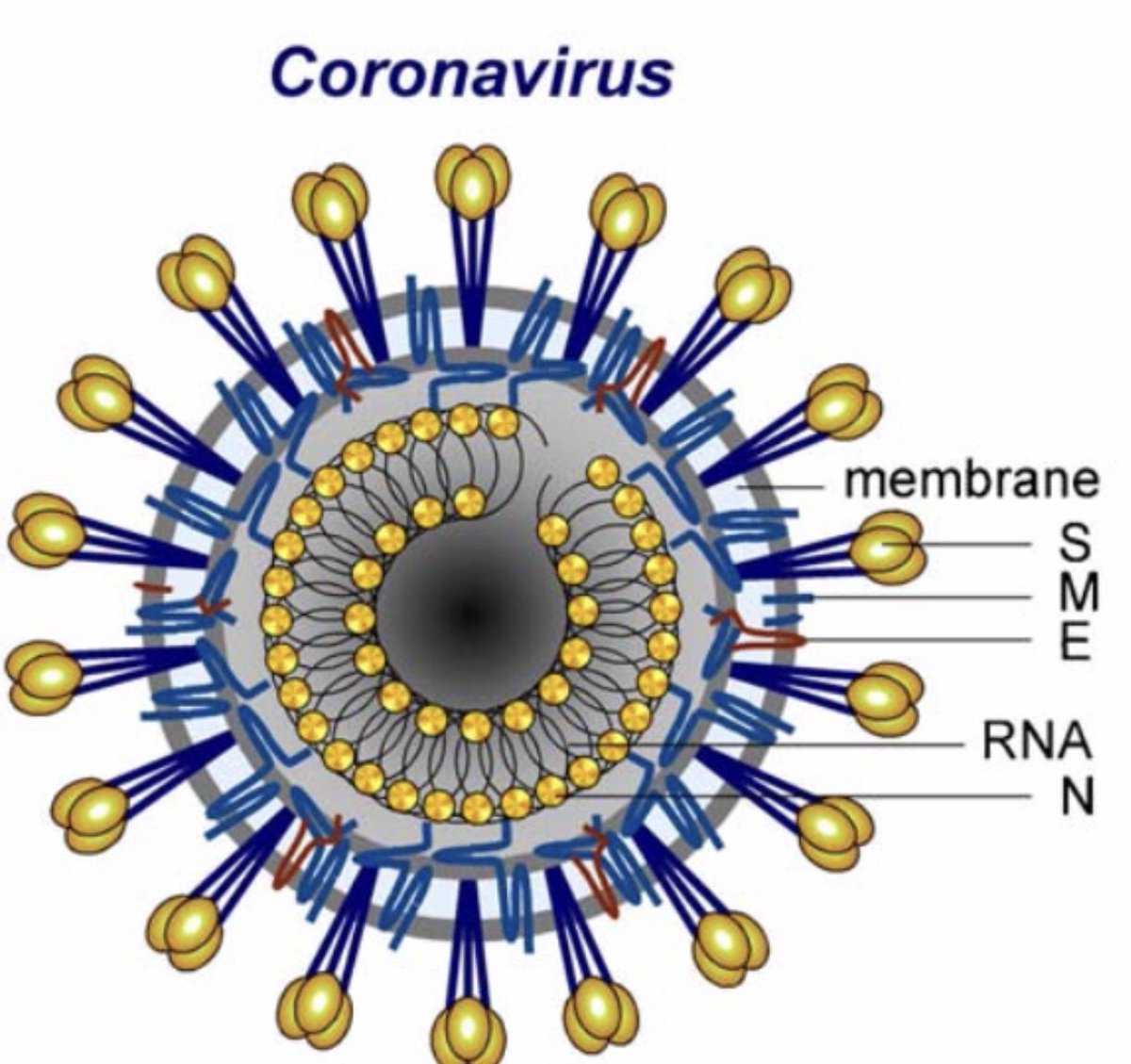
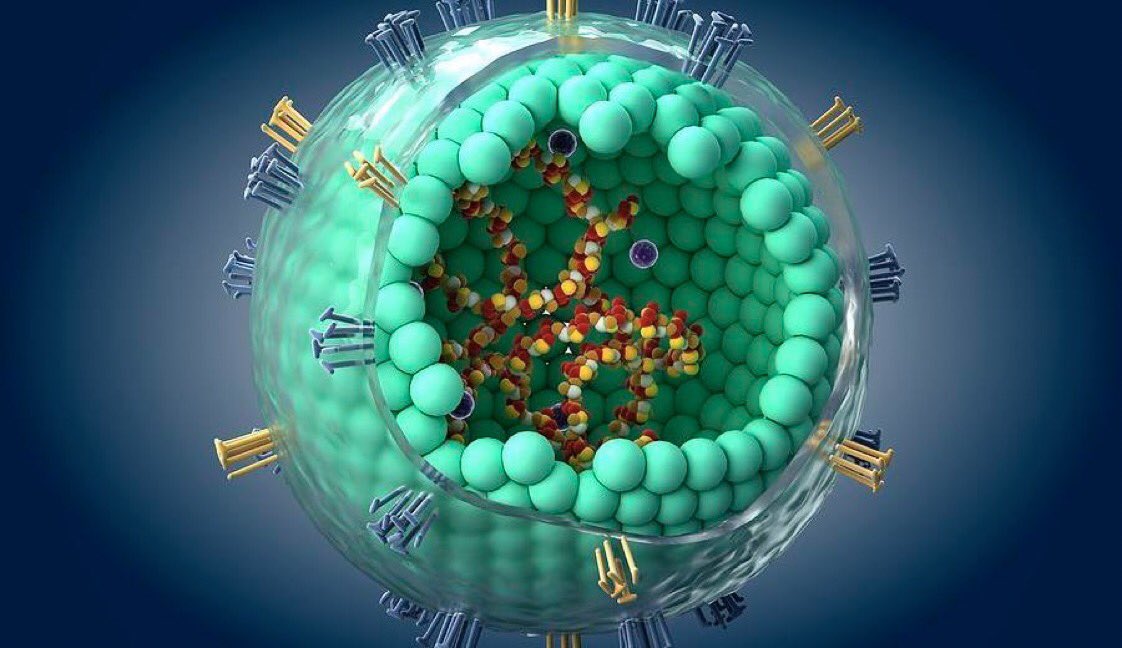


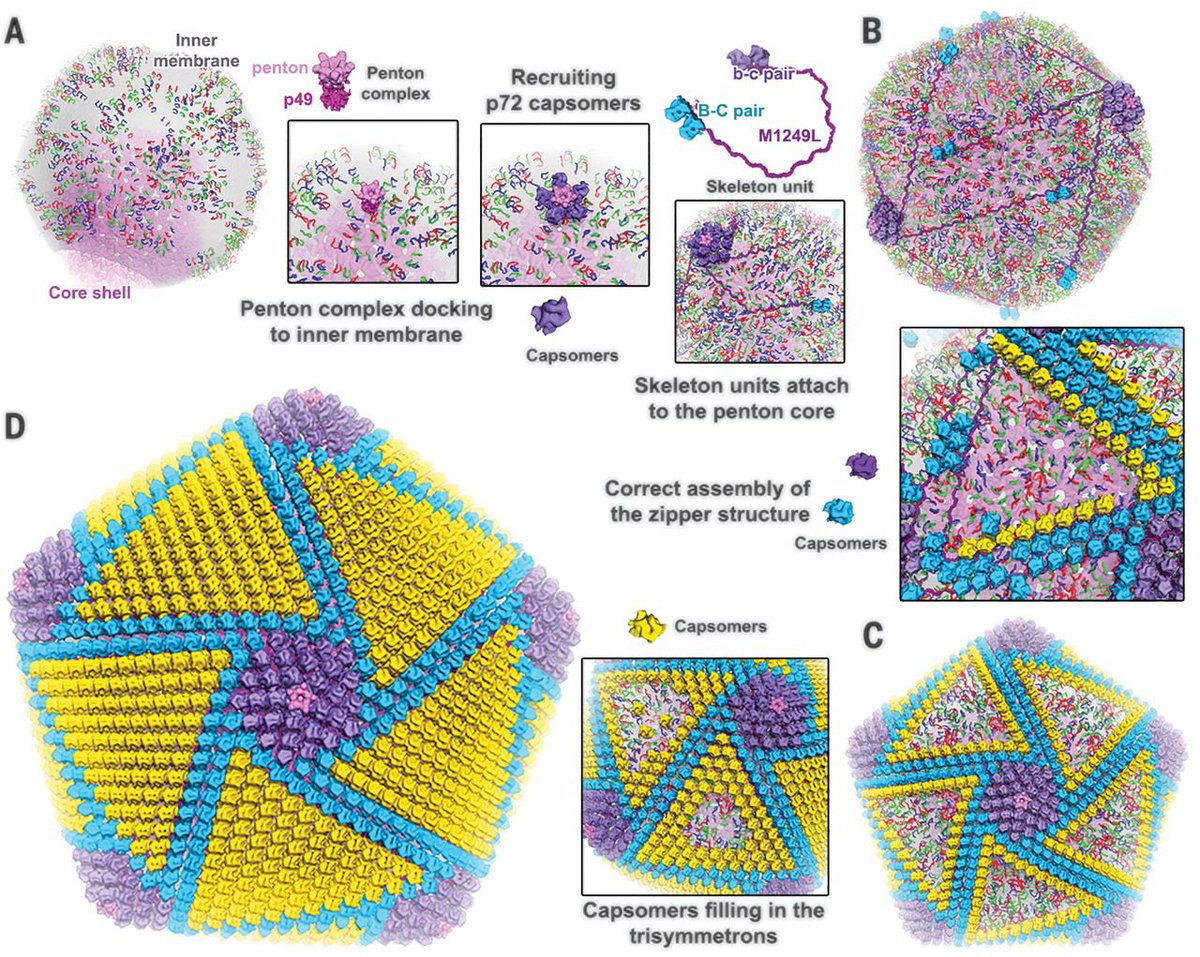 https://science.sciencemag.org/content/3..." title=" https://www.nbcmiami.com/news/poli... href=" https://science.sciencemag.org/content/366/6465/640.full">https://science.sciencemag.org/content/3...">
https://science.sciencemag.org/content/3..." title=" https://www.nbcmiami.com/news/poli... href=" https://science.sciencemag.org/content/366/6465/640.full">https://science.sciencemag.org/content/3...">
 https://science.sciencemag.org/content/3..." title=" https://www.nbcmiami.com/news/poli... href=" https://science.sciencemag.org/content/366/6465/640.full">https://science.sciencemag.org/content/3...">
https://science.sciencemag.org/content/3..." title=" https://www.nbcmiami.com/news/poli... href=" https://science.sciencemag.org/content/366/6465/640.full">https://science.sciencemag.org/content/3...">
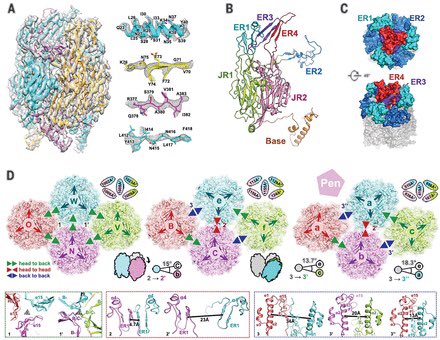 https://science.sciencemag.org/content/3..." title=" https://www.nbcmiami.com/news/poli... href=" https://science.sciencemag.org/content/366/6465/640.full">https://science.sciencemag.org/content/3...">
https://science.sciencemag.org/content/3..." title=" https://www.nbcmiami.com/news/poli... href=" https://science.sciencemag.org/content/366/6465/640.full">https://science.sciencemag.org/content/3...">
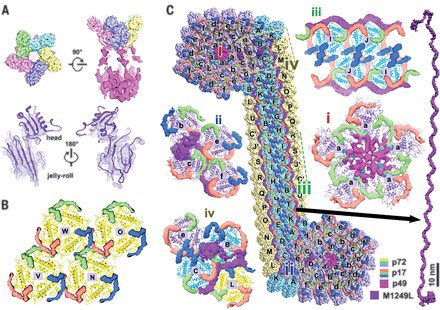 https://science.sciencemag.org/content/3..." title=" https://www.nbcmiami.com/news/poli... href=" https://science.sciencemag.org/content/366/6465/640.full">https://science.sciencemag.org/content/3...">
https://science.sciencemag.org/content/3..." title=" https://www.nbcmiami.com/news/poli... href=" https://science.sciencemag.org/content/366/6465/640.full">https://science.sciencemag.org/content/3...">
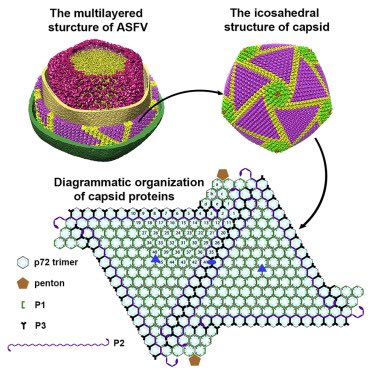 https://science.sciencemag.org/content/3..." title=" https://www.nbcmiami.com/news/poli... href=" https://science.sciencemag.org/content/366/6465/640.full">https://science.sciencemag.org/content/3..." class="img-responsive" style="max-width:100%;"/>
https://science.sciencemag.org/content/3..." title=" https://www.nbcmiami.com/news/poli... href=" https://science.sciencemag.org/content/366/6465/640.full">https://science.sciencemag.org/content/3..." class="img-responsive" style="max-width:100%;"/>
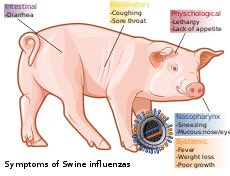 https://science.sciencemag.org/content/3..." title=" https://www.nbcmiami.com/news/poli... href=" https://science.sciencemag.org/content/366/6465/640.full">https://science.sciencemag.org/content/3..." class="img-responsive" style="max-width:100%;"/>
https://science.sciencemag.org/content/3..." title=" https://www.nbcmiami.com/news/poli... href=" https://science.sciencemag.org/content/366/6465/640.full">https://science.sciencemag.org/content/3..." class="img-responsive" style="max-width:100%;"/>


